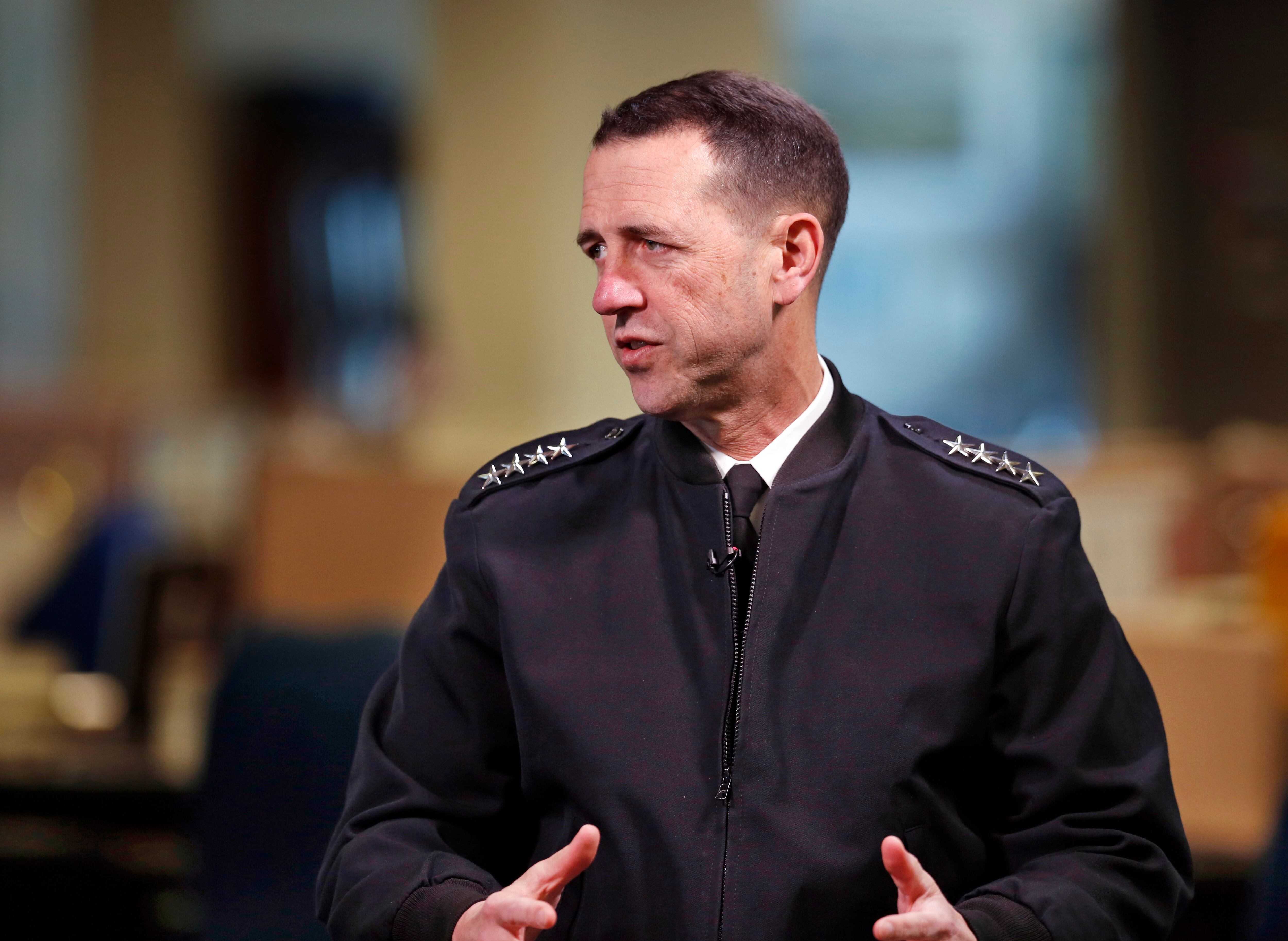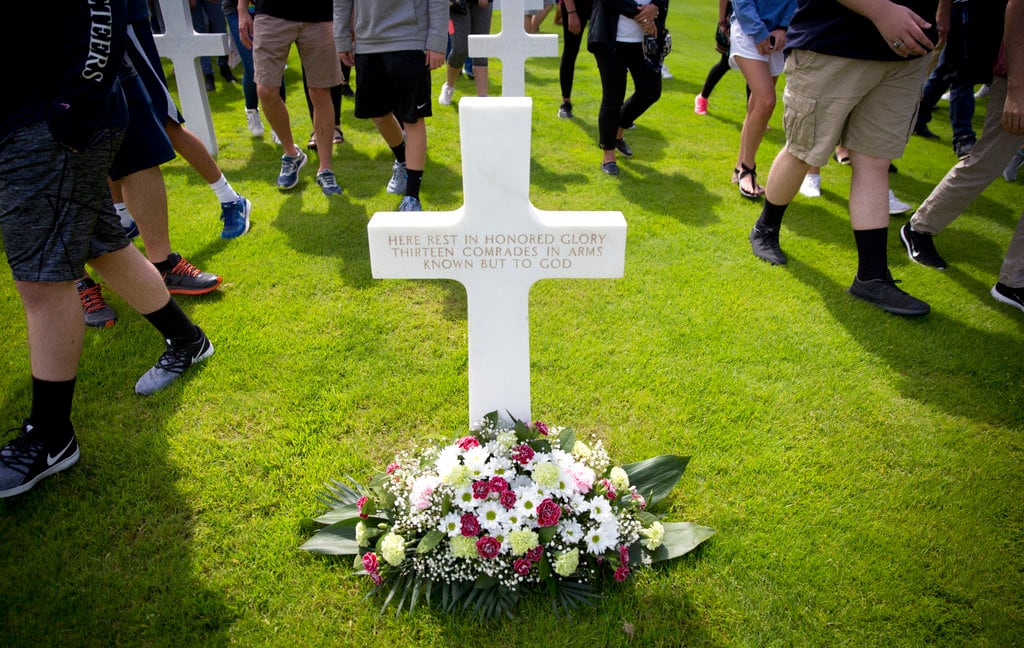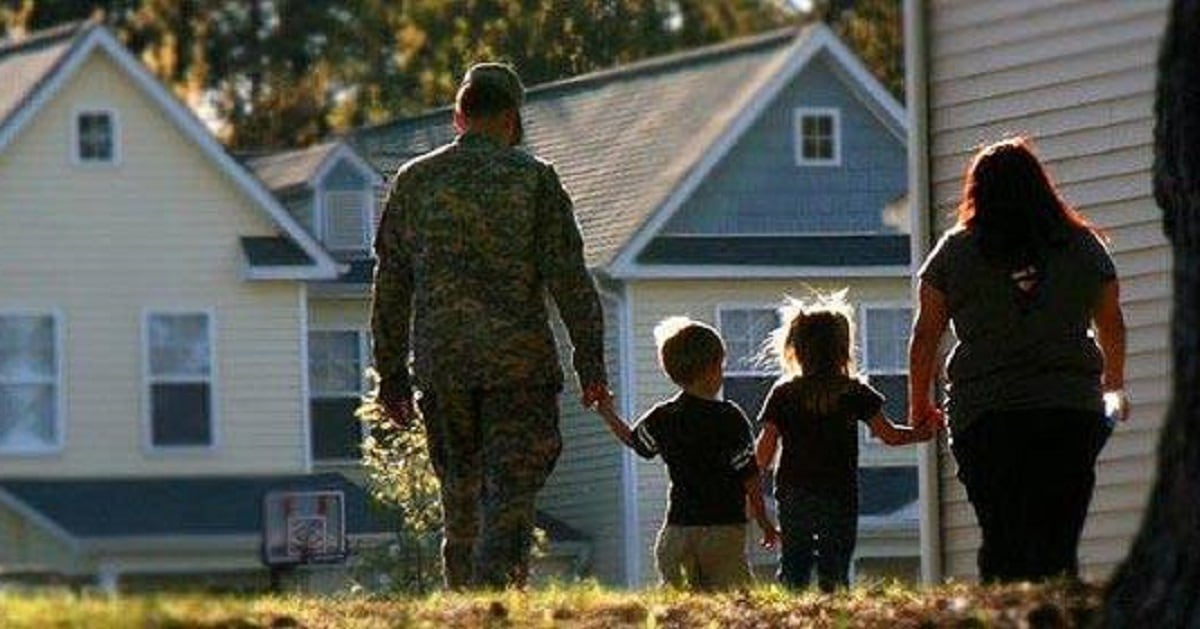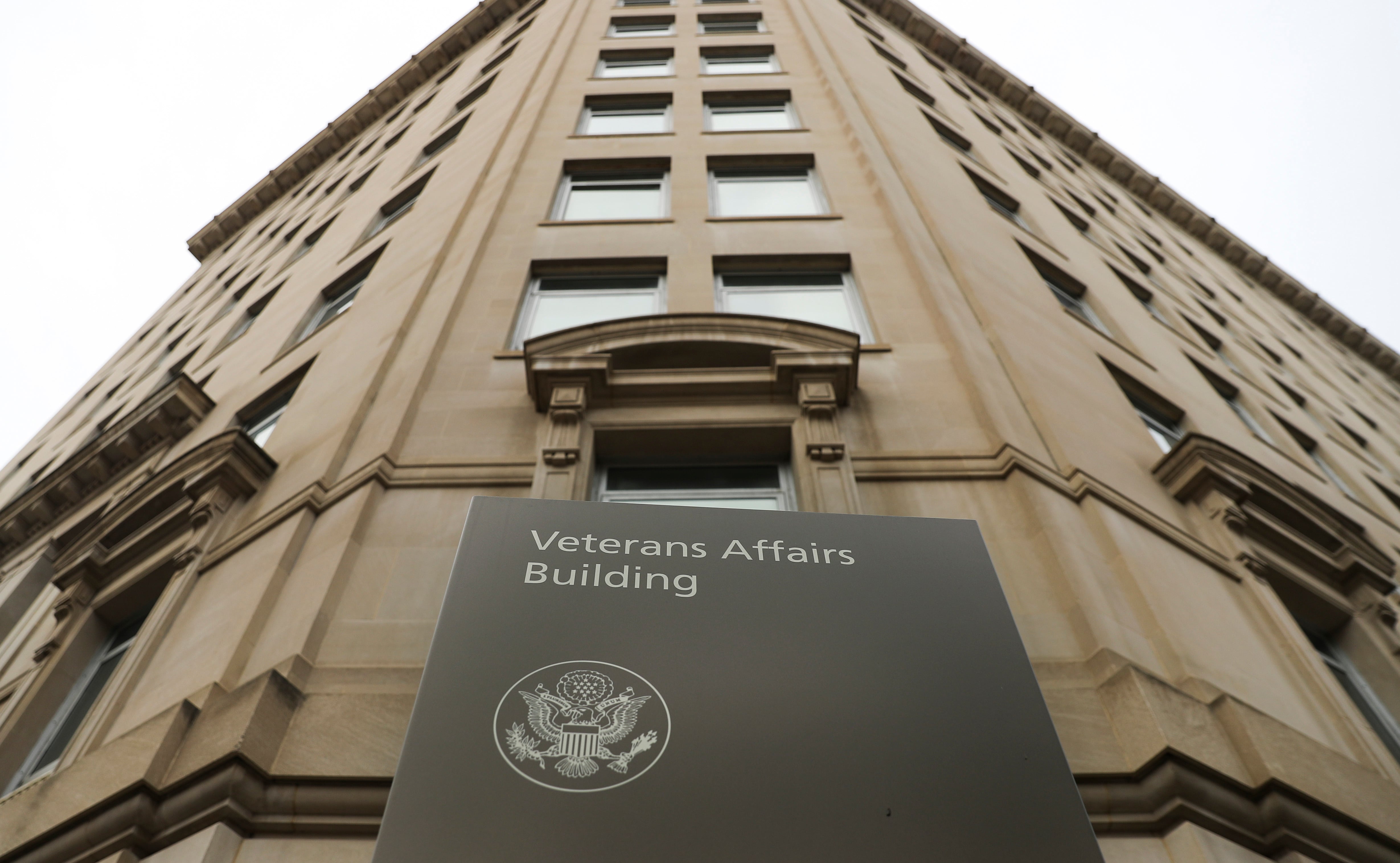When a new leader Adm. John Richardson took the helm of the world's most powerful navyU.S. Navy in September 2015, it was at a crossroads.
The new chief of naval operations took over started in September at a time when The Navy was desperately trying to reign in deployments that had stretchedgrown to almost 11 months long. That's a lot of wear and tear on ships and sailors. The fleet was also struggling to dig itself out of a maintenance backlog that threatened to disrupt any remaining sense of normalcy about deployments further.
To add to the pile of issues, the service faced serious questions about how it was going to pay for tens of billions of dollars-worth of new ballistic missile submarines, while buying new paying for upgrades and replacements for its fleet of fighter jets and surface warships.
On the personnel front, sweeping changes to retirement and compensation programs were undergoing radical change being debated and the Navy continued to struggled to cut down on the number of uniforms it pays sailors to own and maintain. There were also questions about how the Navy would integrate women into its previously closed combat billets in the SEALs and Special Warfare Combat Crewman communities.
And on the international front, challenges from China’s growing dominance of the Asia-Pacific and a resurgent Russia threatened to draw out the stretched fleet shrinking resources further, spreading the smallest fleet since before First World War II even further.
These are among the foremost challenges facing Chief of Naval Operations Adm. John Richardson. one of those issues have gone away in the first seven months of Richardson’s tenure, but the new CNO is getting his arms around them.
In an exclusive interview with Navy Times and sister publication Defense News, Richardson talked about the challenges he faces with pushing down deployments to his stated goal of seven months, handling as well issues in the South China Sea, shrinking the number of uniforms sailors buy and designing a fitness test that's more relevant to sailors' jobs. making a more relevant fitness test that prepares sailors for sometimes arduous tasks at sea such as damage control.
Here's what the CNO had to say. Some quotes have been edited for brevity.
Stretching the fleet
For Richardson, getting deployments down to seven months is all about planning.

Adm. John Richardson compares the burden of long deployments with credit card debt. It adds up over time, with bad consequences.
Photo Credit: Jennifer Milbrett/Staff
"We are committed to sort of getting to what we think is sustainable deployment length of seven months," Richardson said in the April 13 interview. "That will be our going in argument. The planning has been put in place such that we [will have] reached that seven months kind of by the end of this year. Everybody is in a seven month plan. That is the plan. That is the first step."
But that plan must contend with The demand for the Navy’s ships and carrier strike groups has been unrelenting demands for ships and squadrons, with challenges from China and the war against ISIS. Those demands for the fleet are made by the ongoing air campaign against ISIS at the forefront for the four-star combatant commanders charged with overseeing military operations around the world.
Budget cuts and years of pushing the fleet beyond its means has left the Navy in a maintenance hole that leaders have worked for years to dig out of. Recognizing this burden on sailors, the Navy approved a new pay specifically for long deployments, becoming the first service to do so.
Richardson said he and his leadership is moving towards deploying as many ships, squadrons and submarines providing as much as the Navy can possibly provide without overtaxing his people, maintenance and training.
"We want to get to a point where we are providing the maximum sustainable capability to the combatant commanders," Richardson said. "Sustainable is really important, right? Because if you are kind of overreaching, it’s like building up a debt on your credit card. You can only do that for so long, for so many credit cards before it all comes crashing down."
The Navy can and will stretch beyond the seven-month requirement if called upon to do so, he cautioned, but noted that this elevated optempo must revert to such a move has to be done by planning to get back to the seven month normlevel afterwardst the end of the surge.
"The world does get a vote, right? And so we may need to depart from [seven months], but we have to do so very mindful of the fact that if we are going to stretch beyond that sustainable pace, well we incur that debt," Richardson said. "The payback plan has to be kind of built into that as well.
"We are not going to be absolutely rigid and turn our back on the demands of the security environment — that is what we exist for. But neither are we going to be thoughtless about it and just run this debt up to the point where we have big problems."
David B. Larter was the naval warfare reporter for Defense News.





